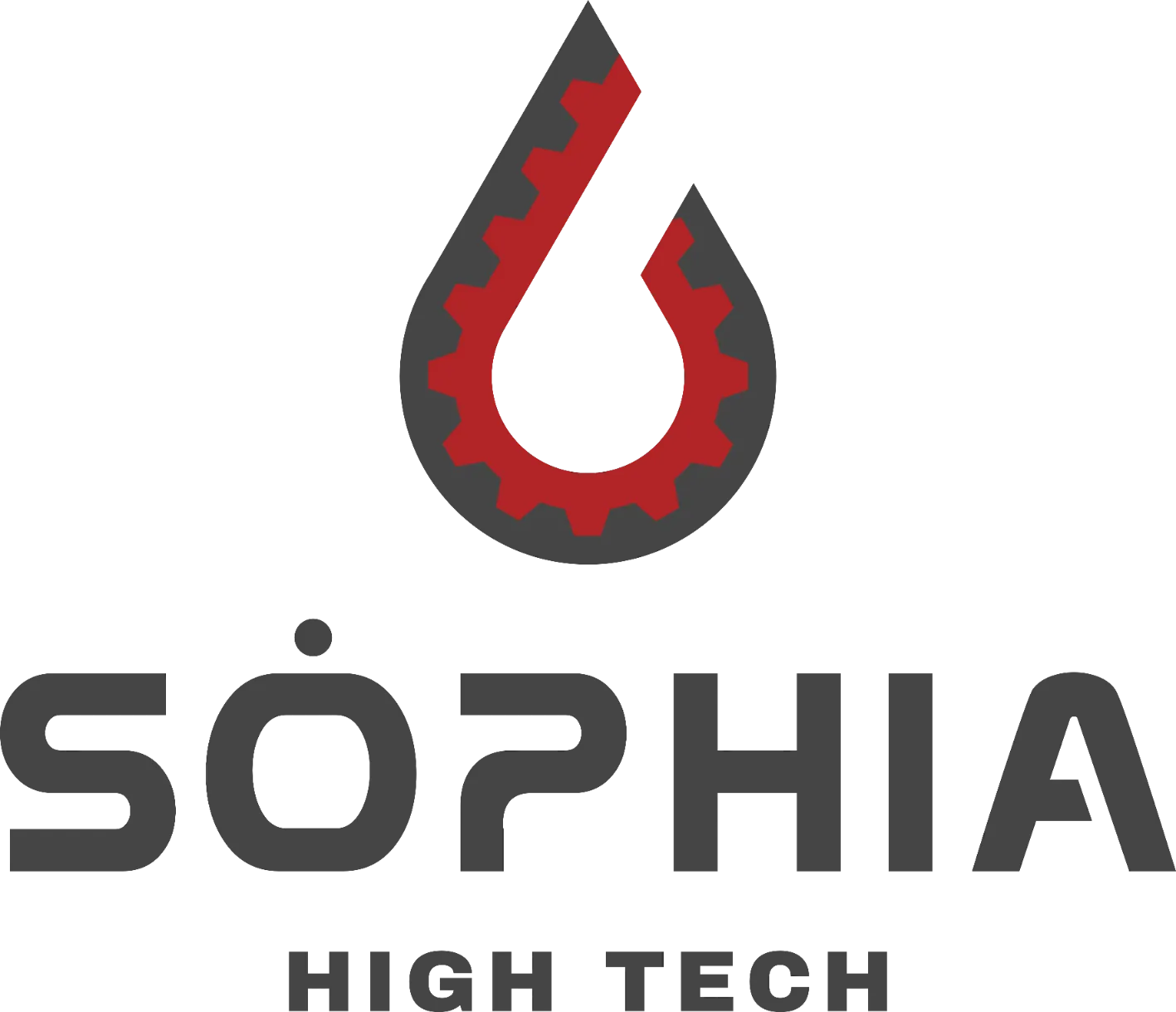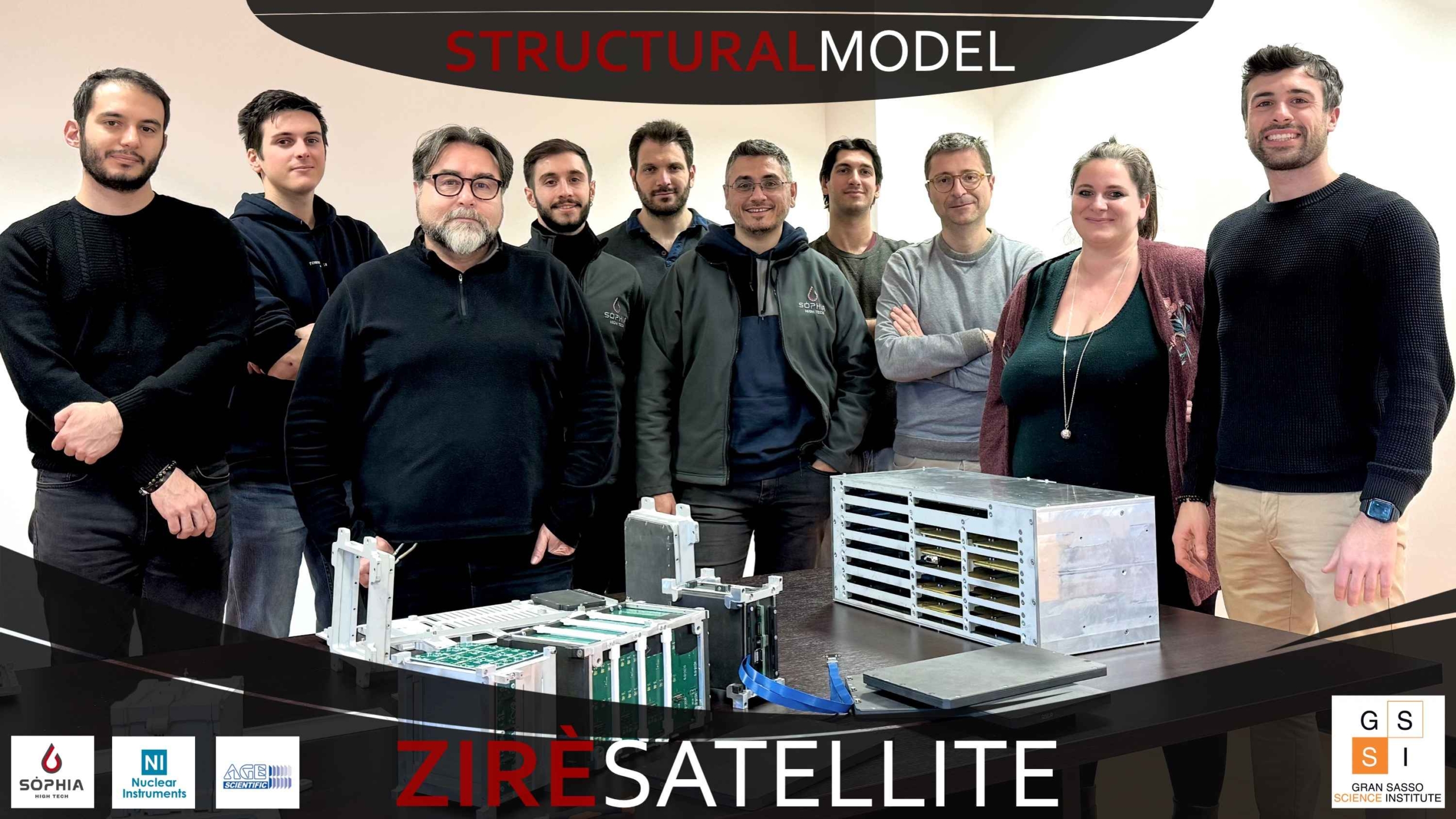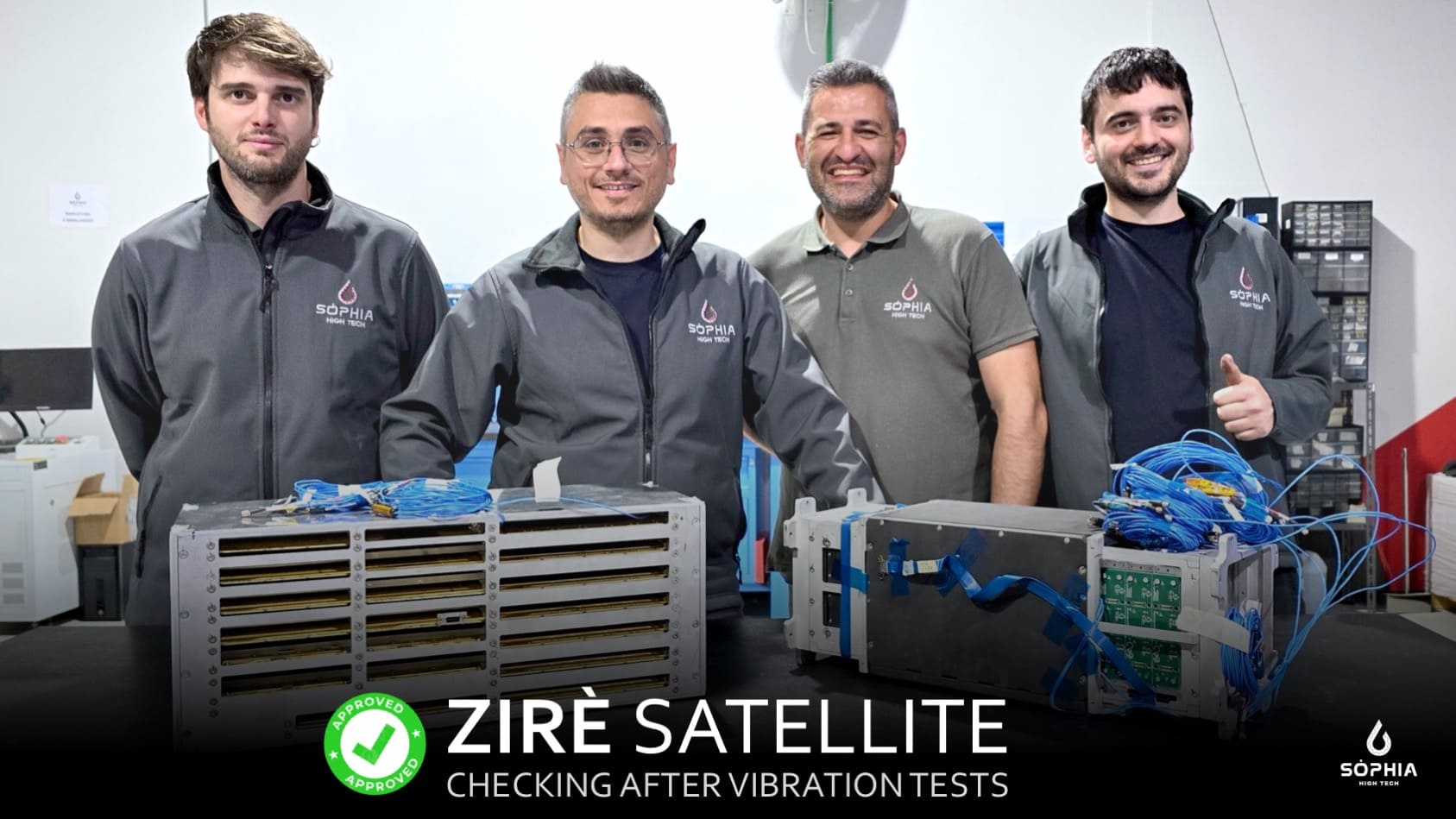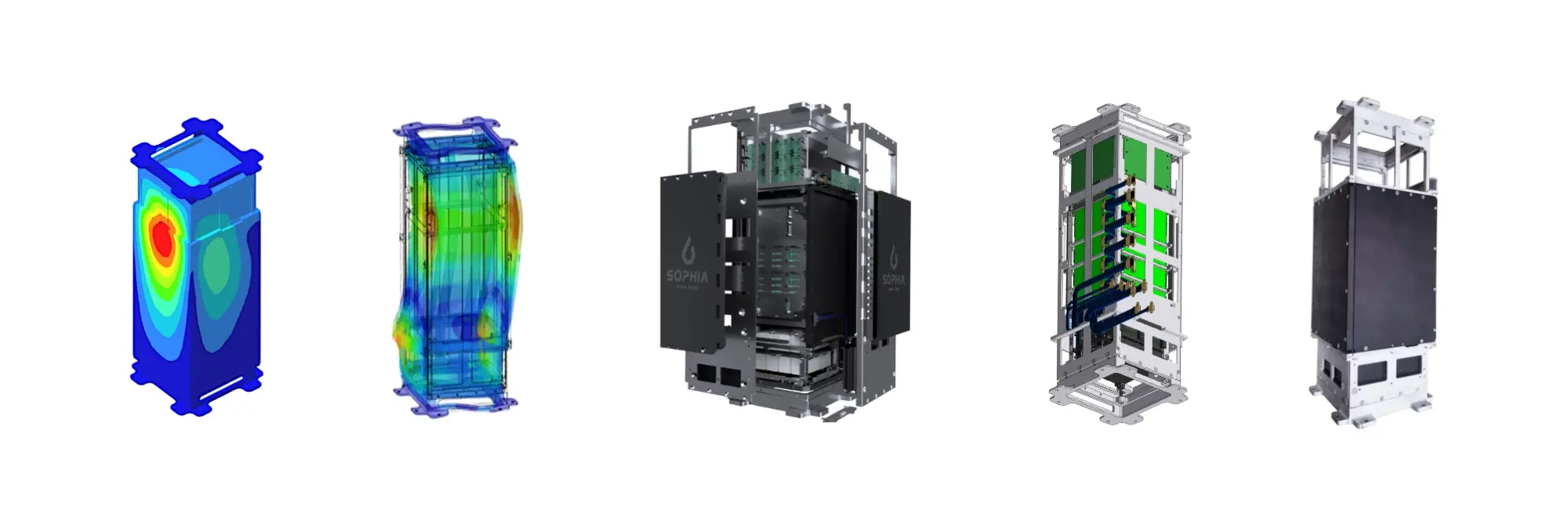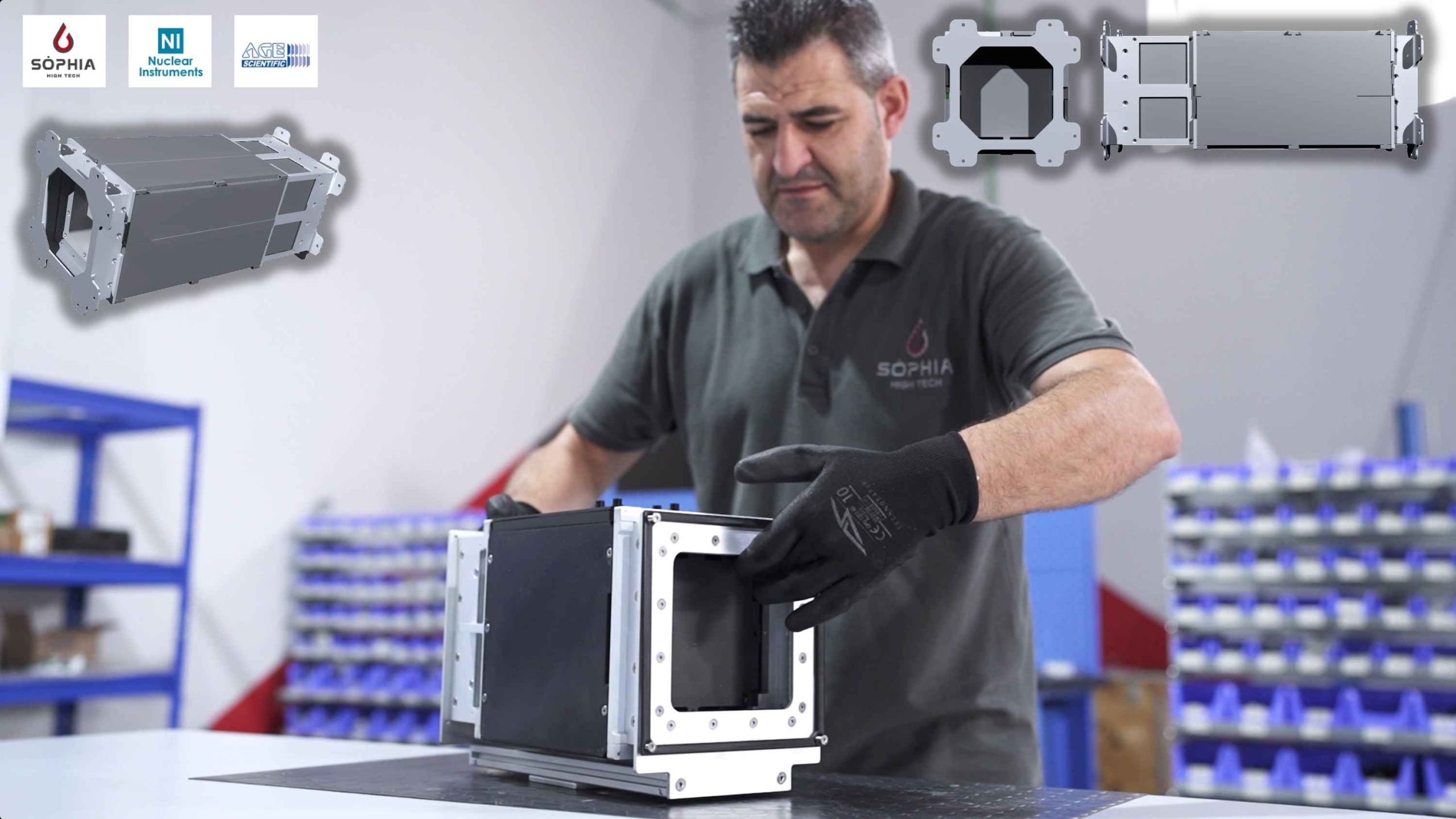Context | Space Mission NUSES
The NUSES [Neutrinos and Seismic Electromagnetic Signals] mission aims to create two scientific payloads for the study of cosmic radiation and the testing of new technologies in space. The Satellite consists of two Payloads [P/L] and the Satellite Platform. The creation of the two P/L Flight Models [FM] is under the responsibility of the Gran Sasso Science Institute [GSSI] supported by the National Institute of Nuclear Physics [INFN] and other Italian and foreign institutions, while the Platform and the integration final Satellite (Spacecraft, S/C) ready for launch are under the responsibility of Thales Alenia Space Italia [TAS-I].
The NUSES space mission has been recognized by the Italian Space Agency [ASI] as a project of interest, approving a contribution to the expenses for the launch and management of the ground segment (data flow management, operations, control). The Mission’s P/Ls are two instruments called TERZINA and ZIRÈ respectively: the first aims to observe the Cerenkov light produced in the atmosphere by very high energy cosmic rays and neutrinos; the second will measure the flows of electrons, protons and photons of cosmic origin. In the NUSES mission, the RTI [Business Network] SOPHIAGENI legally represented by SOPHIA HIGH TECH [Coordinator] in association with NUCLEAR INSTRUMENTS [Partner] and AGE SCIENTIFIC [Partner] was chosen by the GSSI for the Design, Optimisation, Development activities , Engineering, Construction, Assembly of the ZIRÈ Satellite. In particular, the RTI is responsible for both the Structural Model [SM] and the Flight Model [FM] of the P/L ZIRÈ, the power system and the control board of the P/L TERZINA for the successful outcome of the NUSES mission. All activities are performed and qualified in accordance with the ECSS Standards released by ESA [European Space Agency]
Obiettivi | ZIRÈ Satellite
ZIRÈ is one of the two Payloads on board the NUSES mission. Using this instrument, the fluxes of low-energy cosmic electrons and protons (E<300 MeV) will be measured, also studying possible correlations with activity in the lithosphere. ZIRÈ also offers itself as a technological pathfinder and for the development of innovative techniques for the detection of gamma rays from variable and fixed sources.
The activities carried out at RTI SOPHIAGENI are divided into:
- Design, optimization, engineering, development and construction of the mechanical support structures of the ZIRÈ Payload;
- Design, optimization, engineering, development and implementation of the proximity electronics, the power, processing and control electronics, of the entire software and firmware component of the ZIRÈ P/L, the supply of the necessary sensors;
- Design, optimization, engineering, development and implementation of the power and control electronics of the P/L TERZINA and its integration at the P/L level;
- Final integration of ZIRÈ’s SM, EM and FM, as well as the definition and implementation of the space qualification tests in team with the GSSI.
Programma | ZIRÈ
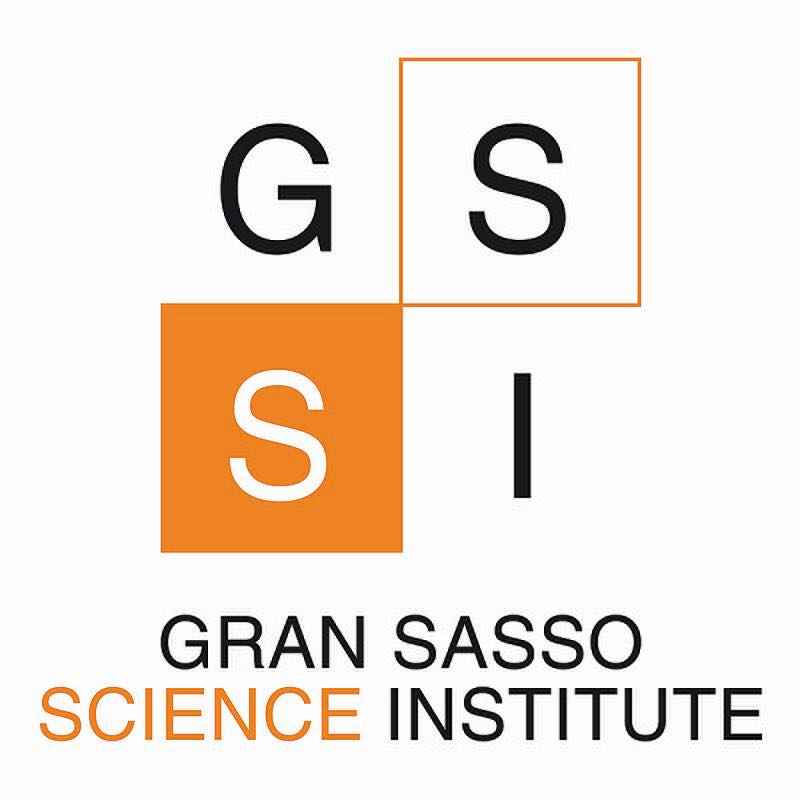
The Project is covered by the Contract N° 2023-GSSIcle-0008205 of 19/10/2023 according to UE Tender 2023/S095-292956 of 17/05/2023
CIG 9449783F9C | CUI F01984560662202200022 | CUP D12F19000040003
